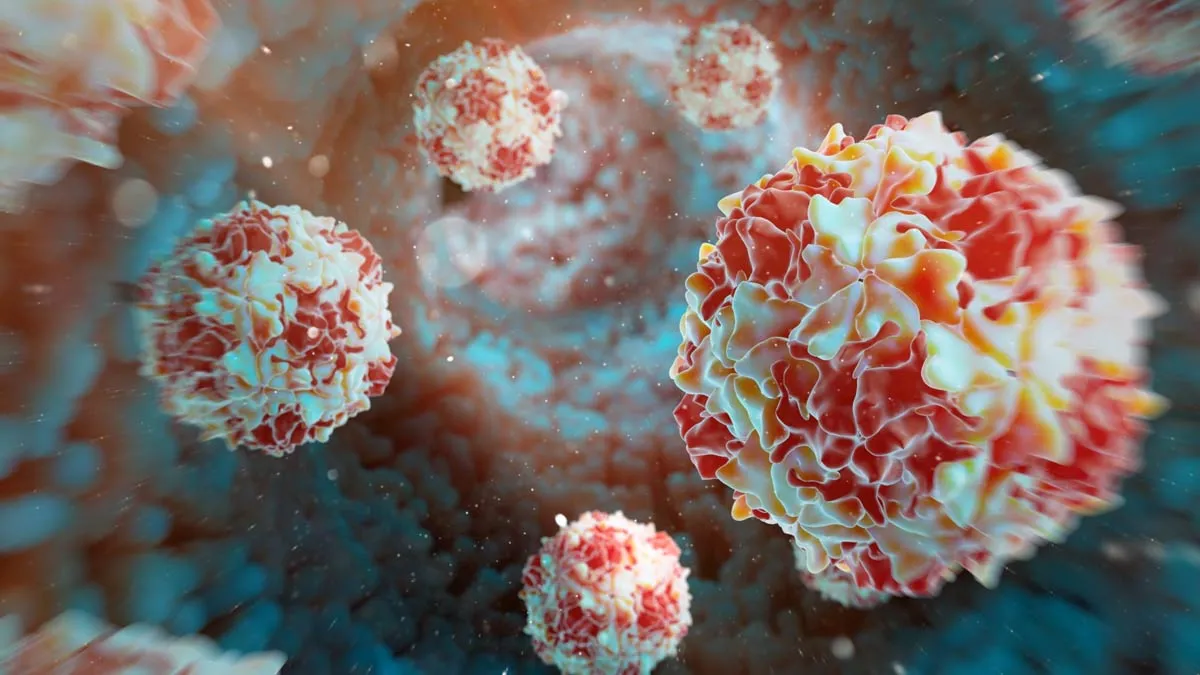
Polio, a highly contagious viral disease that can cause paralysis and even death, was once a global health emergency. However, after the World Health Organization (WHO) launched a global eradication initiative in 1988, the number of cases dropped dramatically. As of today, polio is nearly eradicated, with only two countries—Afghanistan and Pakistan—remaining endemic. Yet, recent reports from Spain, Germany, and Poland have raised new concerns. Poliovirus has been detected in wastewater in these European countries, signalling a potential resurgence of the disease. Here’s what you need to know about the situation.
Table of Content:-
The Polio Eradication Journey
Polio, also known as poliomyelitis, is caused by the poliovirus, which attacks the nervous system and can lead to irreversible paralysis. It spreads through the faecal-oral route, typically when an infected person sheds the virus into the environment, where it can infect others. While most people recover from the virus with minimal symptoms, one in every 200 infections results in paralysis, and of those, 5-10% can die from respiratory failure.
Since the launch of the global eradication program, polio cases have dropped by over 99%, with only a few regions left where the disease is still transmitted. This progress is a result of widespread vaccination, with the oral polio vaccine (OPV) being a key factor. However, despite the substantial decline in cases, wastewater surveillance has recently uncovered signs of the poliovirus in Europe, particularly in Germany, Spain, and Poland. This discovery does not necessarily indicate an outbreak, but it does serve as an alarming reminder of the risks that still exist.

Wastewater Surveillance: A Key Warning System
Wastewater surveillance, a technique that gained prominence during the COVID-19 pandemic, has proven invaluable in detecting viral outbreaks. Wastewater contains a mix of human waste, viruses, bacteria, and other substances, offering a rich source of information for public health authorities. By testing sewage systems, officials can detect pathogens that may be circulating in a community, even before cases emerge.
In Spain, Germany, and Poland, routine testing of wastewater revealed traces of a specific vaccine-derived poliovirus strain. These findings do not confirm active polio infections in the population, but they signal that the virus is still present in the environment. Vaccine-derived poliovirus occurs when the weakened virus from the oral polio vaccine, if circulated in under-immunised populations, reverts to a form that can cause paralysis.
Also Read: Delhi-NCR Chokes on 'Poor' AQI: Govt Revises GRAP Norms to Combat Toxic Air — Key Changes Revealed!
Understanding Vaccine-Derived Poliovirus
Vaccine-derived poliovirus strains emerge when the live, weakened virus used in the oral polio vaccine mutates after circulating in the community for a prolonged period. In communities with low vaccination rates, or among people with weakened immune systems, the virus may revert to a dangerous form capable of causing disease. This highlights the importance of maintaining high immunisation coverage to prevent such mutations.
In countries with strong vaccination systems, like Spain, Germany, and Poland, the virus typically remains asymptomatic or detectable only in wastewater. However, when immunisation coverage falls below a critical threshold, there is a risk that the virus could spread and cause an outbreak, leading to severe consequences, including paralysis and death.

The Status of Vaccination in Europe
Polio immunisation coverage in Europe is generally high, with vaccination rates for one-year-olds around 95%. This exceeds the 80% threshold needed to achieve herd immunity, where enough individuals are vaccinated to protect vulnerable populations. However, in Spain, Germany, and Poland, vaccination coverage for polio with three doses ranges from 85% to 93%, which is slightly lower than the ideal.
While most people in these countries are protected from severe disease, under-immunised groups—such as individuals who cannot receive the vaccine for medical reasons—remain at risk. In these populations, the poliovirus can spread more easily, potentially leading to an outbreak. Additionally, with the ongoing disruptions caused by humanitarian crises, natural disasters, and climate change, global vaccination programs are at risk of being delayed, which could undo years of progress.
Also Read: Bigg Boss OTT 3's Poulomi Das Opens Up About Surviving a Brain Haemorrhage in 2022
The Urgent Need for Continued Vigilance
The recent detection of poliovirus in wastewater serves as a wake-up call for Europe, reminding public health officials that the virus is still a threat. Although no polio cases have been reported in Spain, Germany, or Poland, the presence of the virus in wastewater indicates that it is still circulating in the environment. This reinforces the importance of maintaining high vaccination coverage and ensuring that all populations, including those in high-risk areas, receive the polio vaccine.
With the global goal of eradicating polio still within reach, there is no room for complacency. Surveillance systems, including wastewater monitoring, play a crucial role in detecting and responding to potential outbreaks. The continued success of the polio eradication campaign depends on ensuring that vaccination programs are sustained and that immunisation rates remain high.
Bottomline
The recent detection of poliovirus in wastewater in Spain, Germany, and Poland highlights the ongoing threat of polio, even in countries that have been declared polio-free. This serves as a reminder of the importance of maintaining robust vaccination systems and monitoring for signs of the disease. By staying vigilant and ensuring widespread immunisation, the world can continue its fight against polio and move closer to the goal of complete eradication.
Also watch this video
Read Next
American Rapper Jelly Roll On Losing 140 Pounds Without Ozempic: “I’m Still Morbidly Obese”
How we keep this article up to date:
We work with experts and keep a close eye on the latest in health and wellness. Whenever there is a new research or helpful information, we update our articles with accurate and useful advice.
Current Version